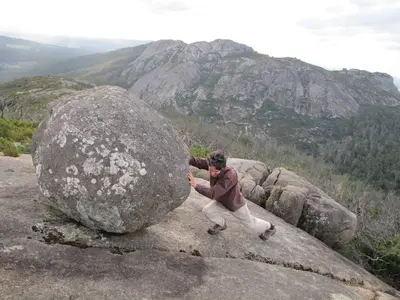We don't have lemon sharks here, so when @Owliet mentioned it, I immediately thought of food.
Duck à l'orange:

Lemon shark:

Haha! Children are such fun. Unlike a lot of adults, they're still interested in the world and haven't murdered their imaginations yet.
Children are such fun. Unlike a lot of adults, they're still interested in the world and haven't murdered their imaginations yet. 
Your anecdote reminds me of a series I read called Down to Earth, which was a 70s autobiography by Faith Addis of a family leaving their comfortable suburban existence in London to go back to the land...growing things and running side projects, like a children's holiday farm. They had space for 20 kids in the upstairs of the big barn of an old falling-apart house they bought; shared rooms with handbasins in them. And guess what the holiday children invariably kept in those? ...frog spawn, tadpoles, fish from the creek etc. And she'd be like, "Children, you need to get those animals back into the creek, the health inspector is coming!"
When I was a teenager my father killed a tiger snake because it was getting too comfortable around our house. It was a big one, about 2 metres long and the thickest bits of it the size of your wrist. I was reading a self-sufficiency book and wanted to barbecue it. My mother said, "You're not bringing that into my kitchen!" but I wouldn't have needed to, we had an outside BBQ, and I was already preparing rabbits for table that other people were shooting for pest control (European rabbits are an ecological plague in Australia and contribute to the ongoing extinction of Australian biodiversity). Waste not, want not etc, and I think it's so senseless killing things and leaving them lying around. I still don't know what snake tastes like, but it's rumoured to taste like chicken (but they always say that...).
Duck à l'orange:
Lemon shark:
I didn't eat it. My sister took it back to the place we where staying at the time and put it in the bath. My mom was not impressed. Dad found it hilarious.
Haha!
Your anecdote reminds me of a series I read called Down to Earth, which was a 70s autobiography by Faith Addis of a family leaving their comfortable suburban existence in London to go back to the land...growing things and running side projects, like a children's holiday farm. They had space for 20 kids in the upstairs of the big barn of an old falling-apart house they bought; shared rooms with handbasins in them. And guess what the holiday children invariably kept in those? ...frog spawn, tadpoles, fish from the creek etc. And she'd be like, "Children, you need to get those animals back into the creek, the health inspector is coming!"
When I was a teenager my father killed a tiger snake because it was getting too comfortable around our house. It was a big one, about 2 metres long and the thickest bits of it the size of your wrist. I was reading a self-sufficiency book and wanted to barbecue it. My mother said, "You're not bringing that into my kitchen!" but I wouldn't have needed to, we had an outside BBQ, and I was already preparing rabbits for table that other people were shooting for pest control (European rabbits are an ecological plague in Australia and contribute to the ongoing extinction of Australian biodiversity). Waste not, want not etc, and I think it's so senseless killing things and leaving them lying around. I still don't know what snake tastes like, but it's rumoured to taste like chicken (but they always say that...).
